By Eric T. Baker
Much more of an arcade feel this issue as we don’t have any hardcore sims on hand. The action is fast paced and with more emphasis on game play than on strict modeling of the era and the equipment involved. For example, first is a dogfight game: Attack on Pearl Harbor for the PC from CDV. The name is misleading because although Pearl Harbor is one of the 50 scenarios in the game, and although it can be played from the Japanese or American side, the game covers the entire Pacific Theater in WWII.
Despite the size of the area covered, the focus of the game is on display in that there are only eight planes modeled in it. Each side has two fighters, plus a dive-bomber and a torpedo bomber. After the initial, get-used-to-the-system missions, players can start choosing which plane they want to fly, even replaying the missions to try them with different fighters or to attempt to do them better to score more reputation points or (more importantly) earn a replacement plane for one shot down in a previous mission.
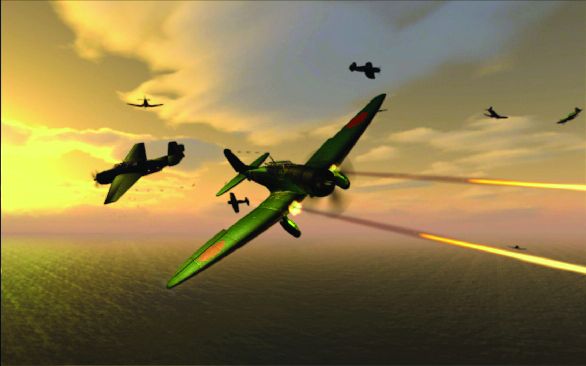
The controls for the planes are a mixed blessing. On the one hand they are very simple—easy to learn and easy to use. On the other hand, they are very simple. Players of hard- core flight sims who are used to having separate flap and rudder control and doing the sorts of flying tricks that such control allows will be disappointed by AoPH. Players who like being able to just push their mouse around and gun enemies from the sky will be much more at home.
Among the many modern dog- fight game features that AoPH includes are an instant-action mode, if the player wants to just jump on and fight a straight-up battle against another plane. There is also a multiplayer mode for up to 12 players. It has a branching scenario structure. About the only thing it lacks is a chase camera view. In AoPH, the default views are always out the front of the player’s plane. The arrow keys can be use to look in other directions, but many dogfight games now have a view where the camera follows whichever target the plane is locked onto. In the twists and turns of aerial combat, this turns out to be a very handy view. AoPH is still a very good game, but that is a strange omission.
Airplanes also play a role in Medal of Honor: Airborne for the PC and Xbox 360 and from Electronic Arts, but there is no dog fighting. Instead the player starts each mission in a perfectly good airplane, but then jumps out to do the actual fighting on the ground. This is a similar setup to Metal of Honor: Vanguard for the PS2, which came out a few months ago, but the execution of Airborne is much better. The major difference is that players really can land their characters anywhere on the map and the AI of the enemies has been ramped up to handle that the players are not going to be coming down the same path every time.
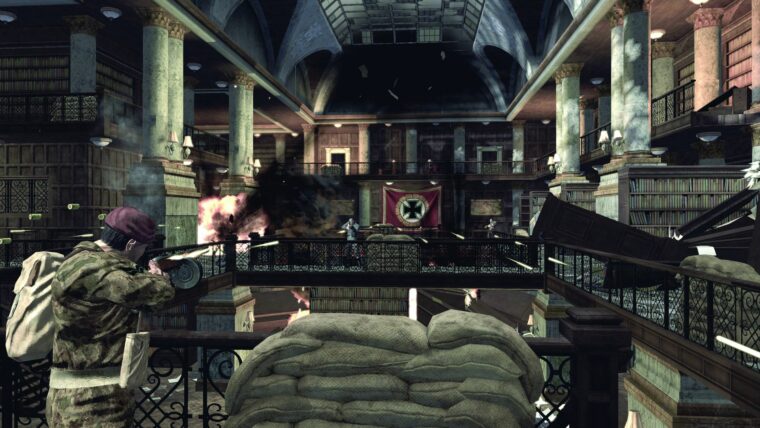
Again, MoH:A is not a hardcore simulation, although the game does trace most of the Allied air operations in Europe: Overlord, Market Garden, and Varsity. The designers collected accurate maps and details for the scenarios and looked into the actual men and materials that made up those operations. That said, the player is still only in charge of one soldier, so that soldier is going to take amounts of damage that would kill real men many times over. There are other, computer-controlled allies on the map, and parachuting into the areas marked by flares will get the player more of them, but MoH:A is a game conducted at the personal level.
While MoH:A is a first-person shooter that varies the experience by letting you start each mission literally anywhere, Hour of Victory from Midway for the Xbox 360, is a FPS that varies the experience by letting the player choose one of three characters to take on each mission. There is a British commando for run and gun, an American OSS agent for sneaking and booby trapping, and an American Ranger for climbing and sniping. Most of the levels tend to favor one of these character’s styles over that of the others, but any of them can compete any level.
The missions in HoV are less historical than those of MoH:A because the player is going it alone in each of them. The missions relate to real WWII events and battles, but the player is doing more by himself than any real man did in the war. That is one of the reasons it is a game and not a simulation. Another big difference between the two games is that HoV lets the players drive vehicles, including tanks, on some missions.
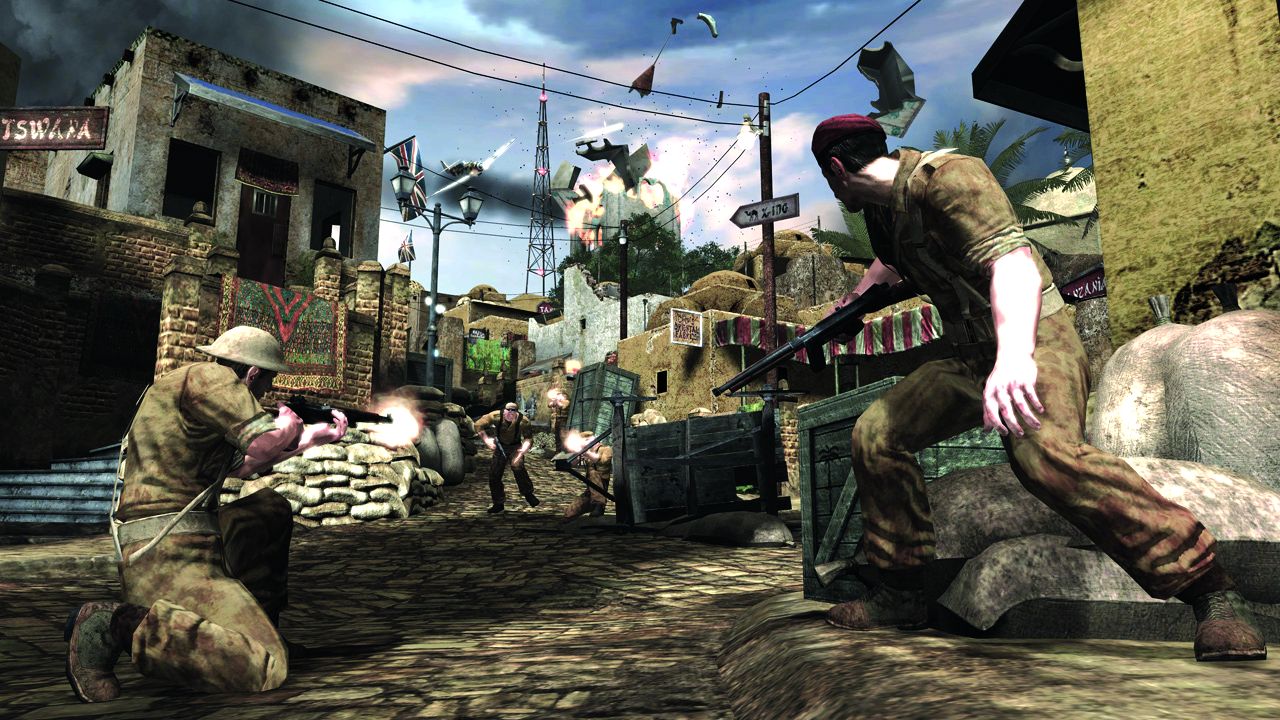
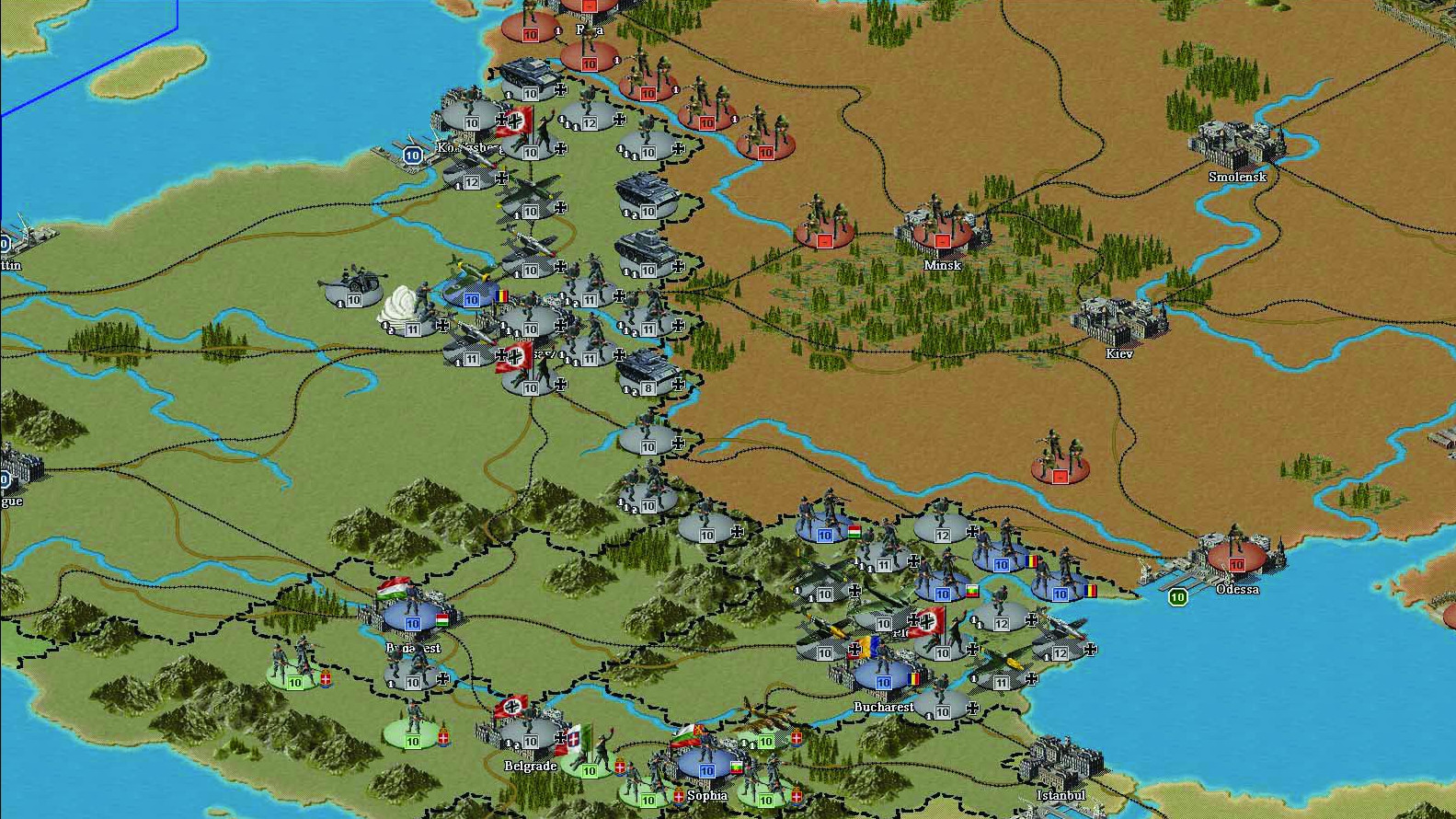
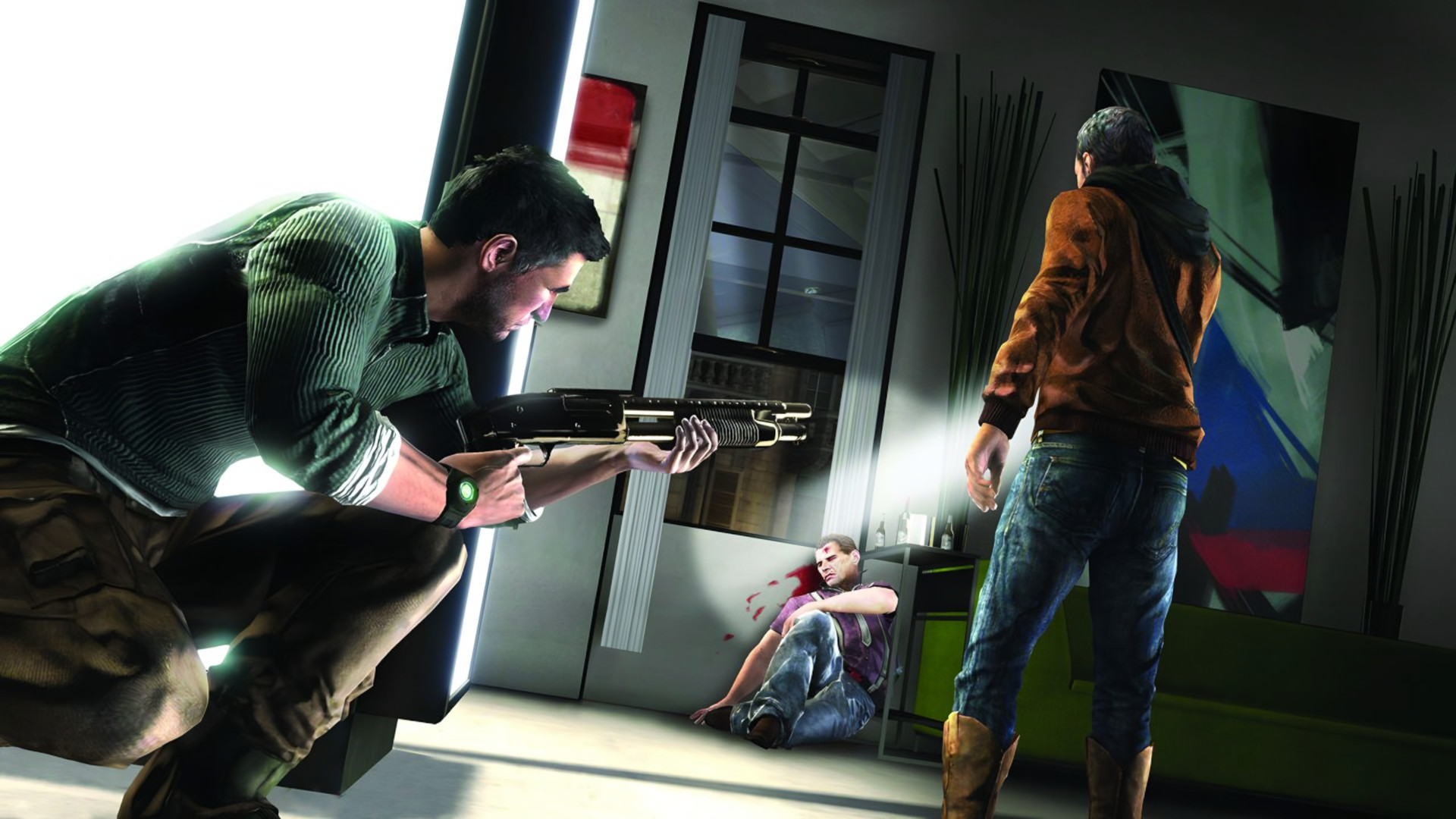
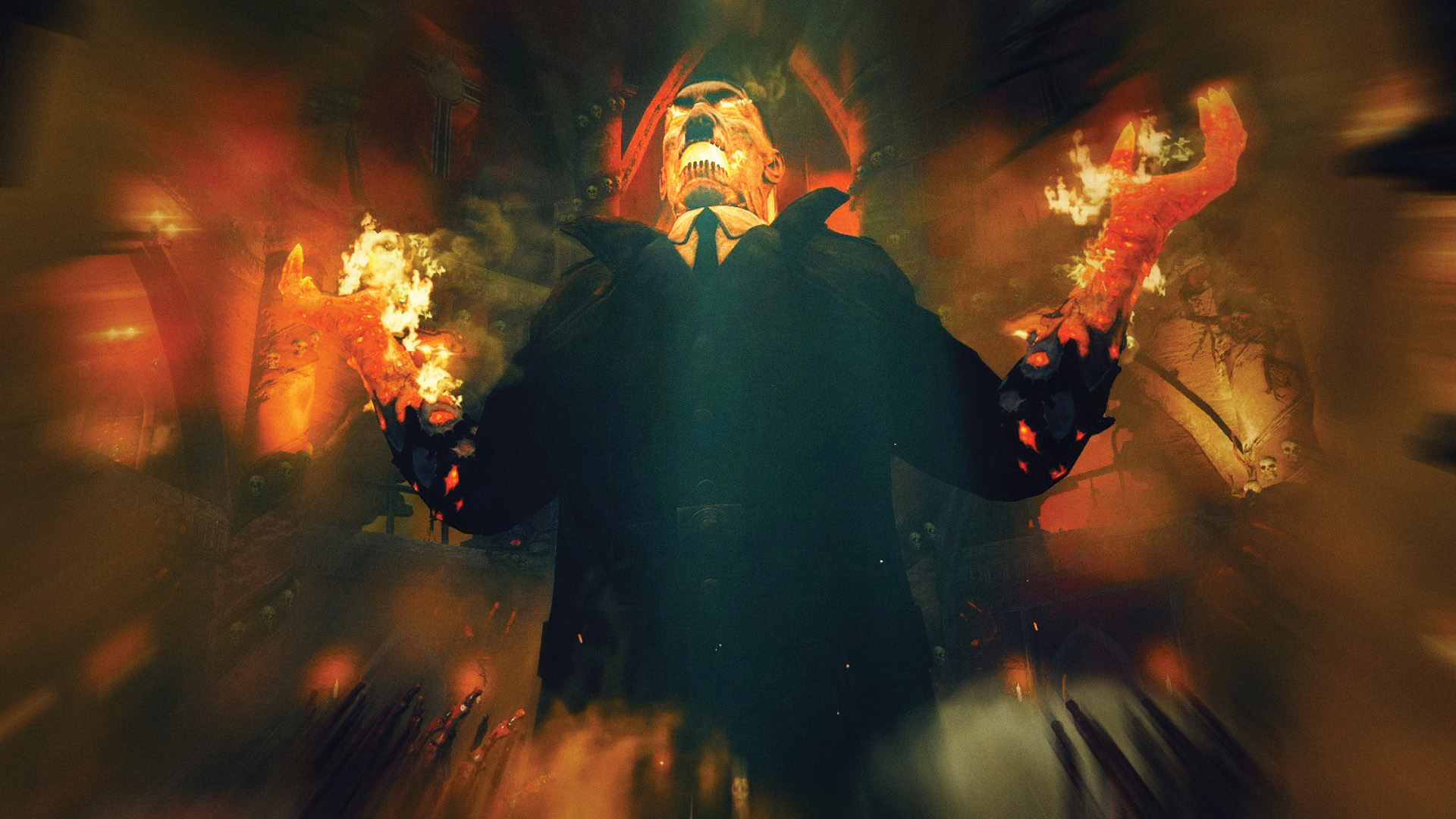
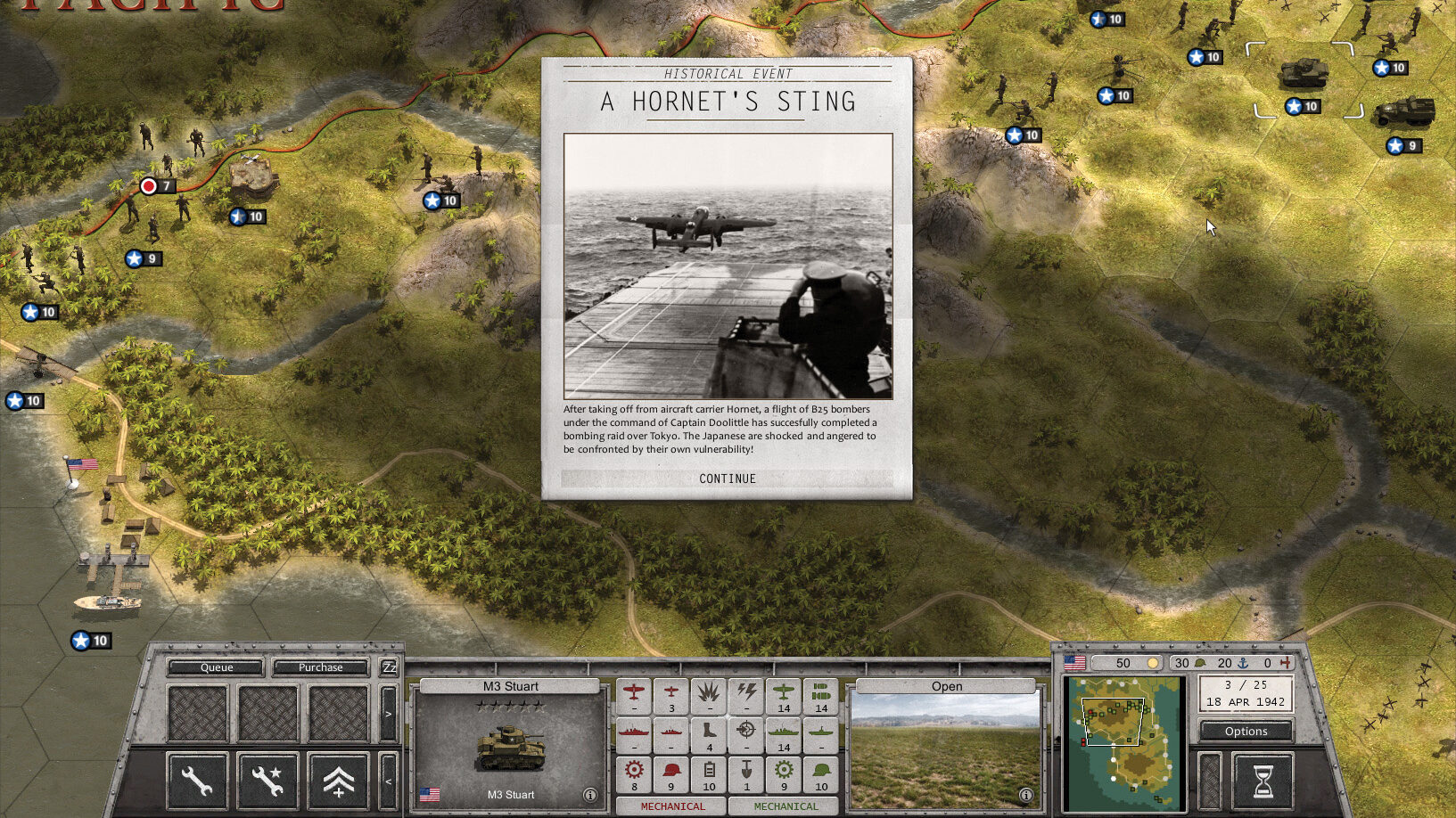
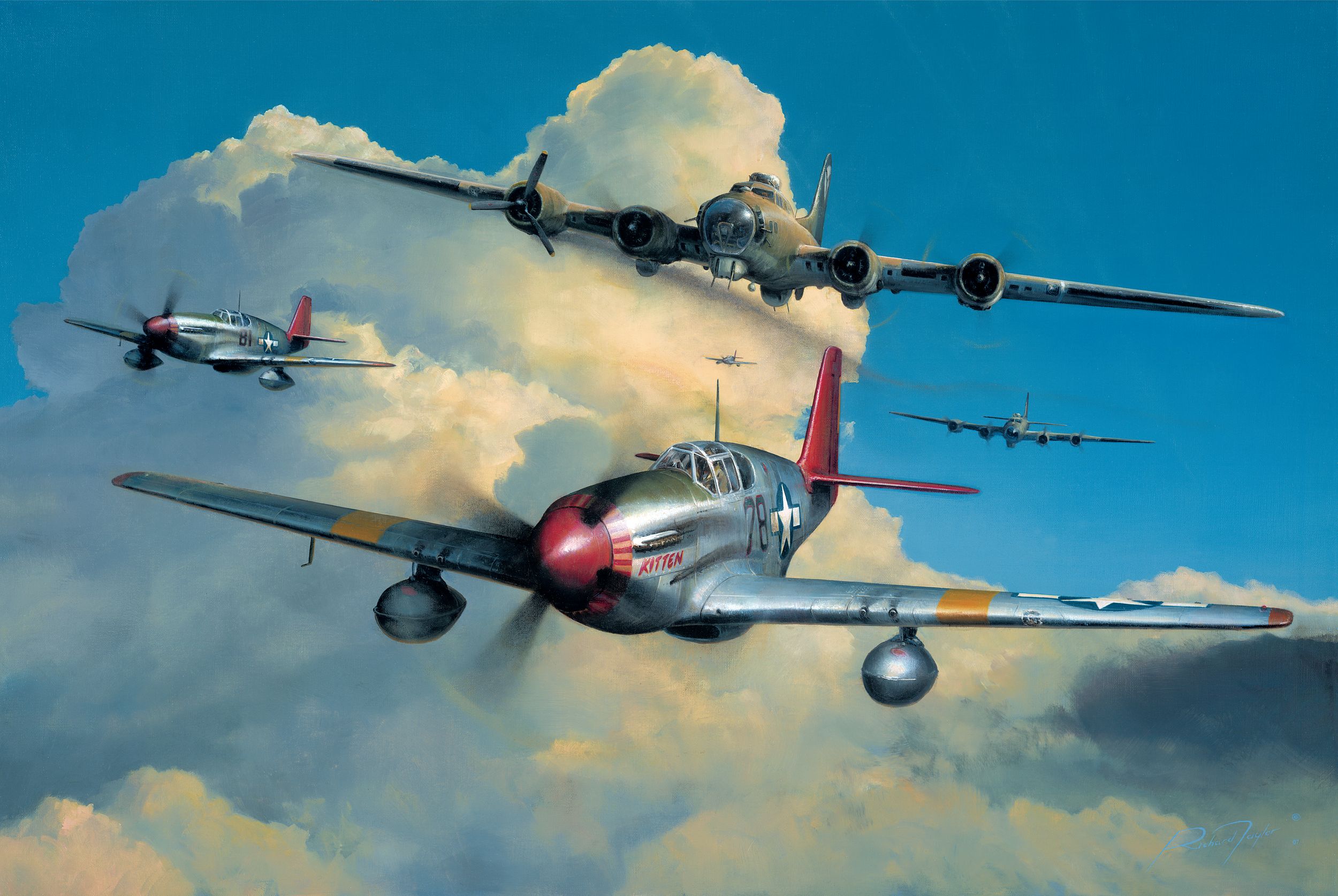
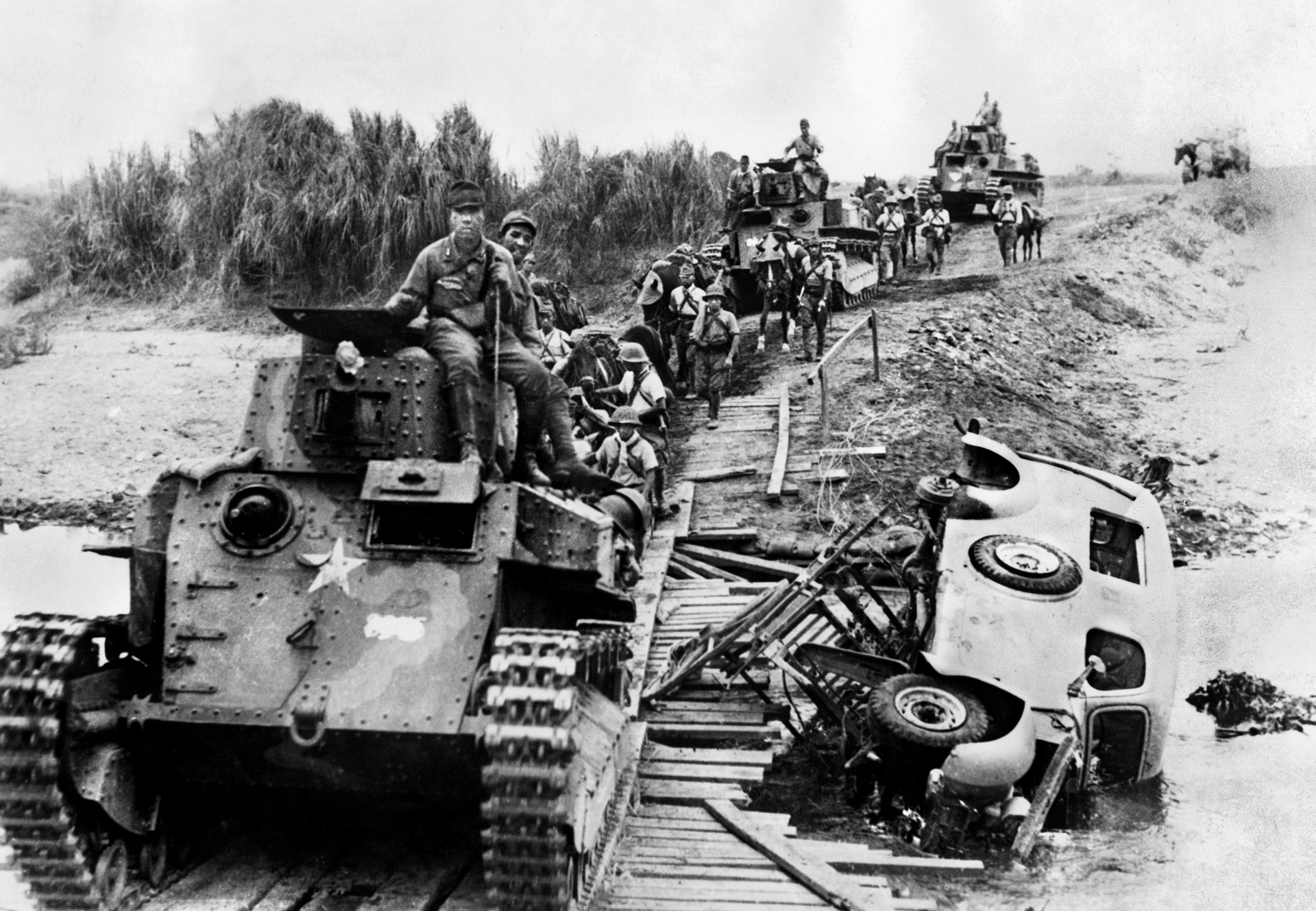
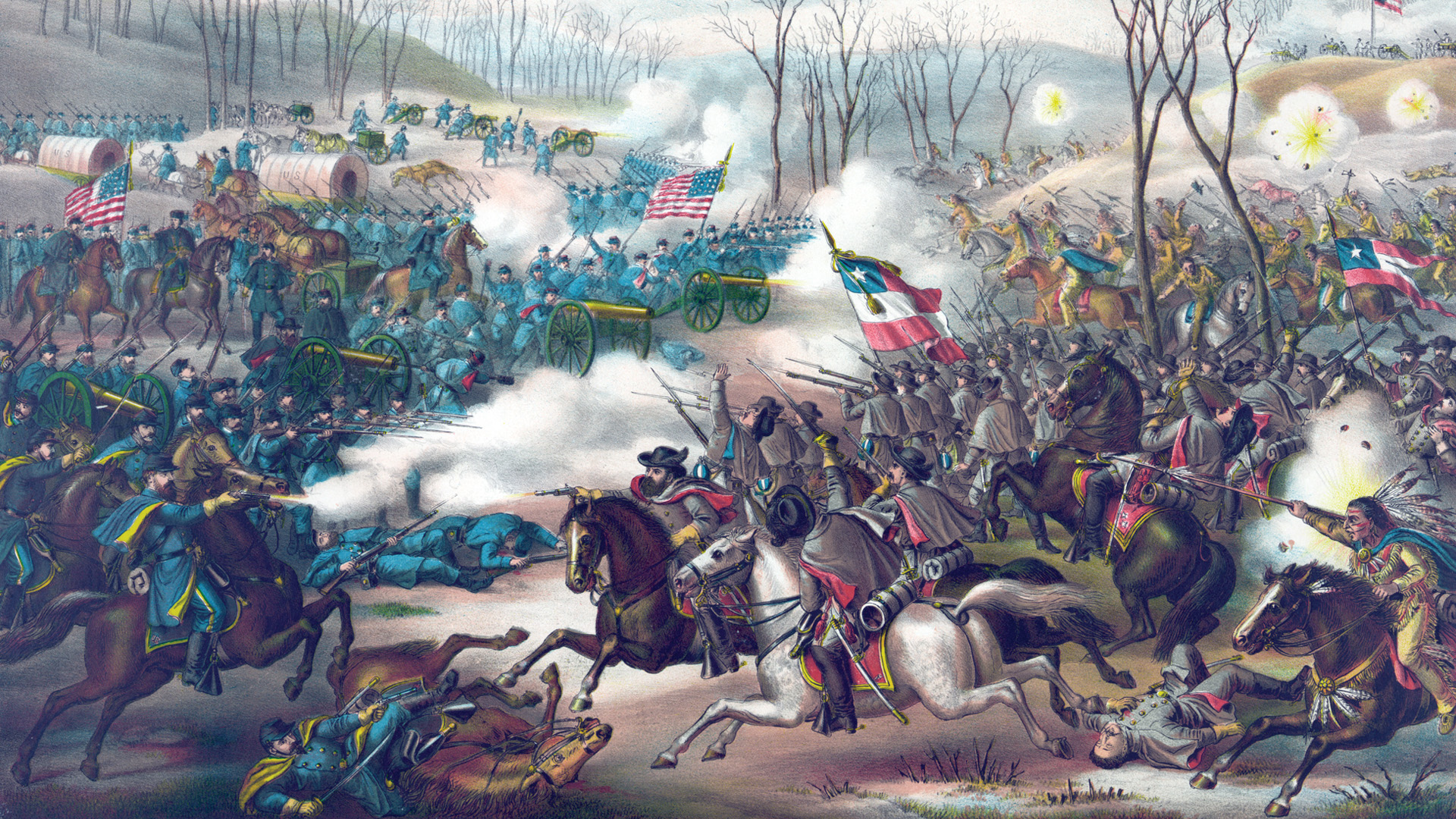
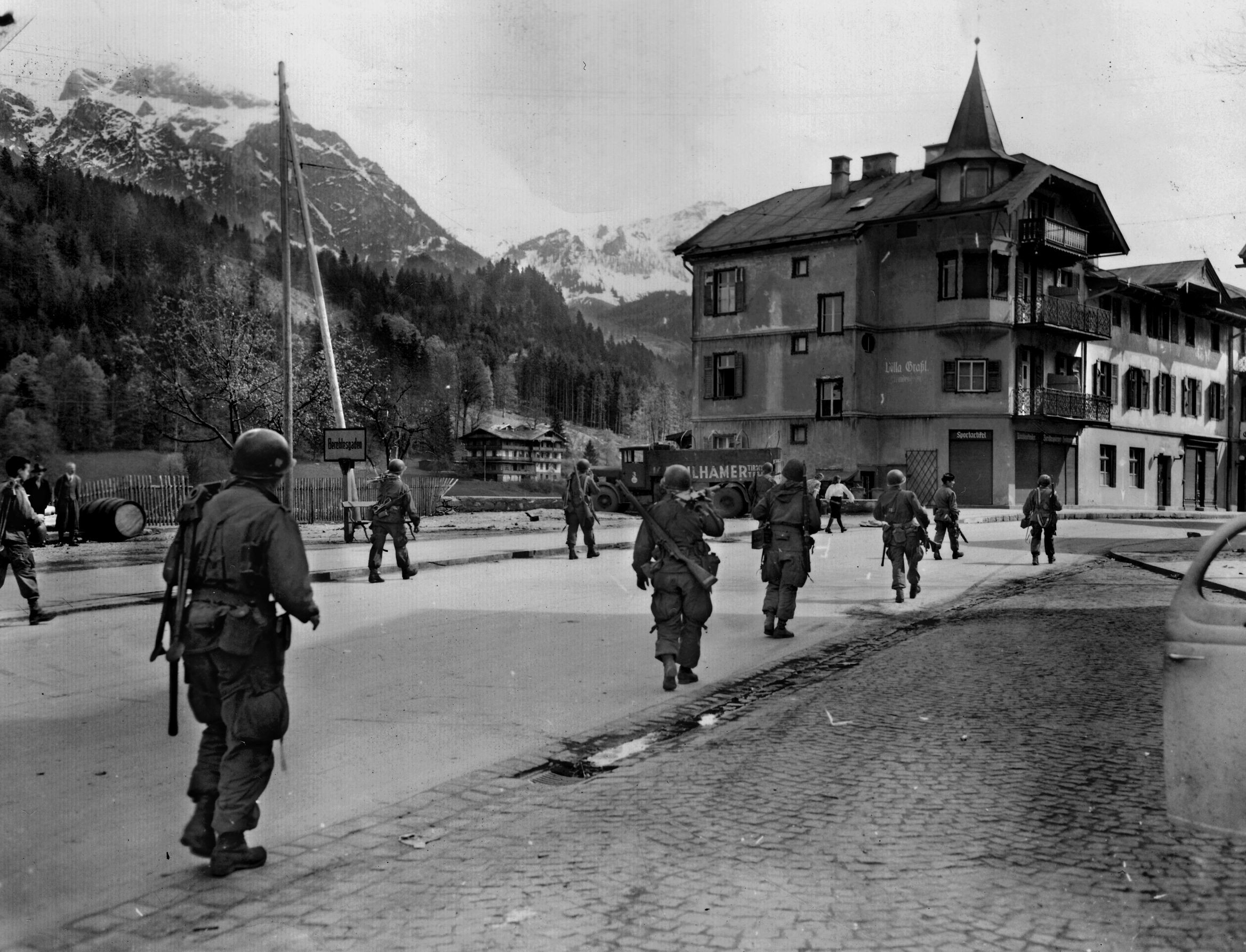
Join The Conversation
Comments
View All Comments